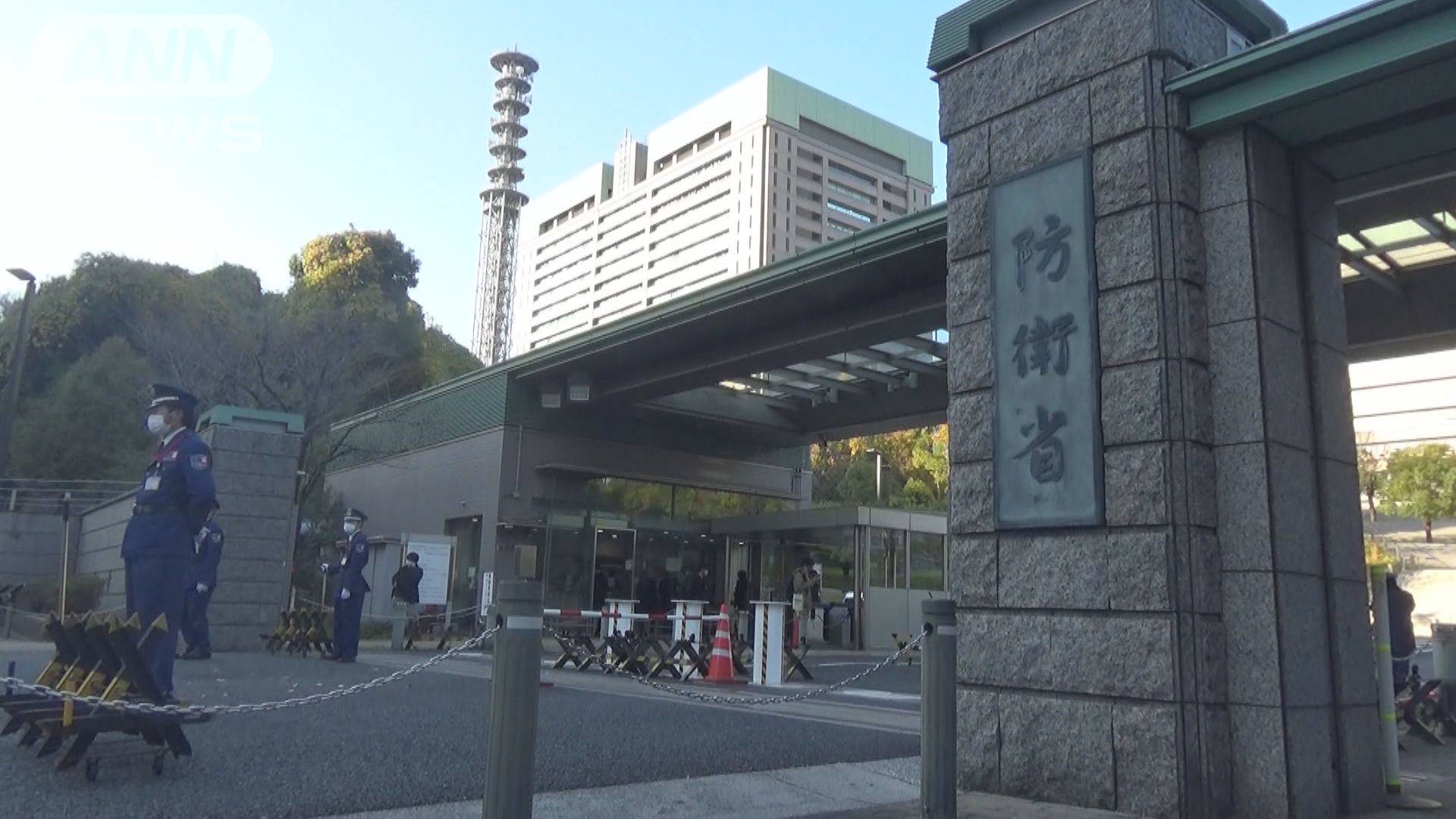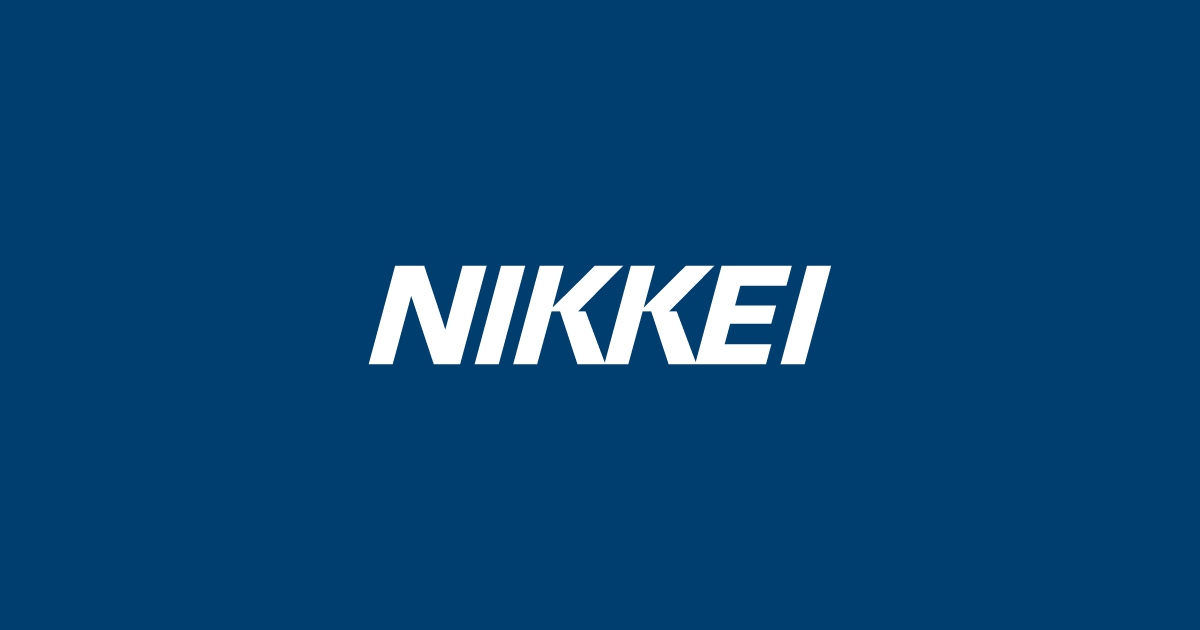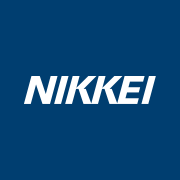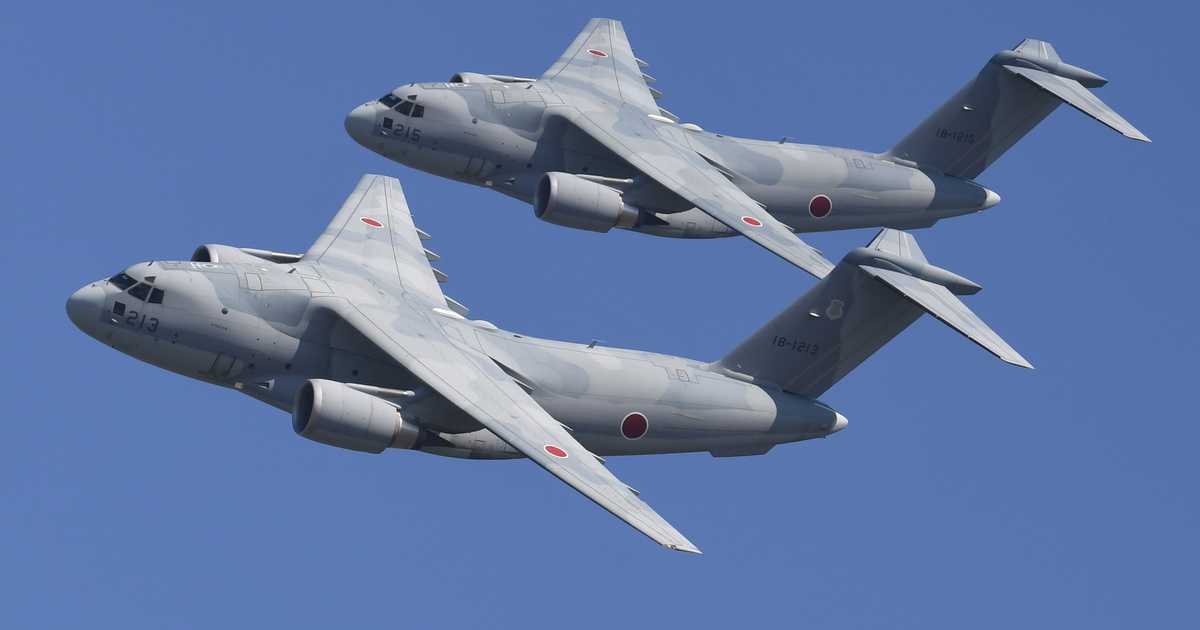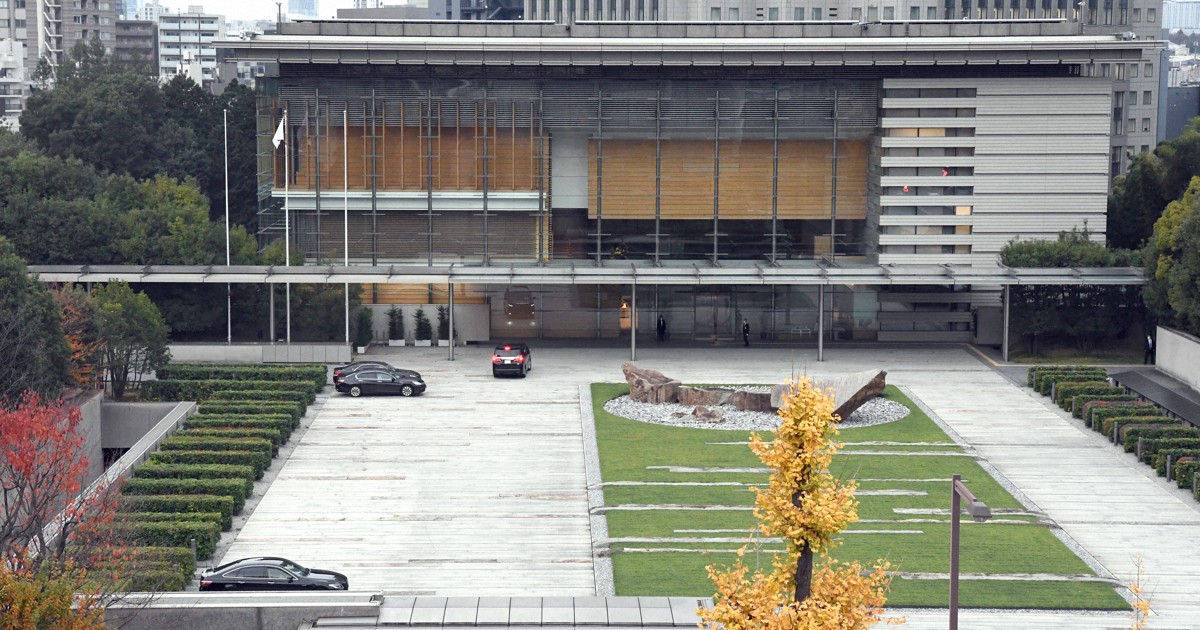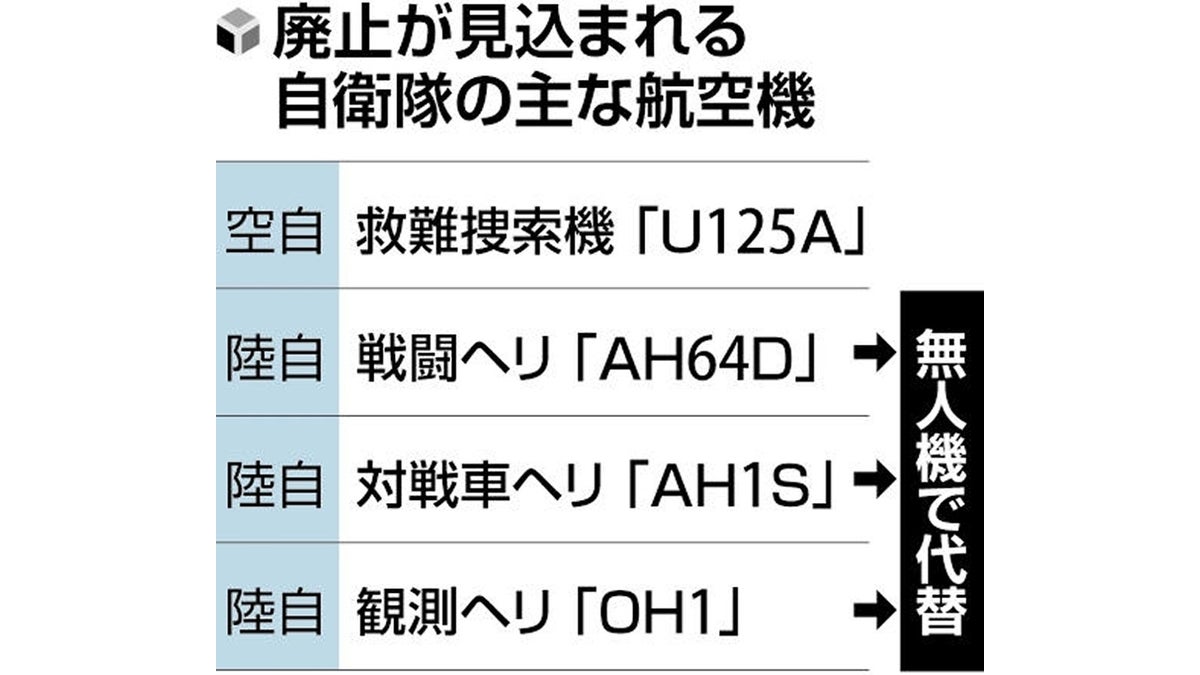
空自捜索機や陸自戦闘ヘリを廃止、無人機で代替へ…防衛予算効率化
【読売新聞】 政府は、航空自衛隊の救難捜索機や陸上自衛隊の戦闘ヘリコプターなどを廃止する方針を固めた。2023年度から5年間の防衛費が約43兆円に大幅増となる中、無人機で代替するなどして、防衛装備品や部隊の「スクラップ・アンド・ビル
Yomiuri Shinbun reported that there's a major shift of JSDF force mix incoming. This is following a major increase in defense spending by the Japanese.
In short, they will replace a major share of their manned aerial assets in favor of unmanned and stand-off assets. Firstly, JGSDF will axe the entirety of their attack and reconnaissance helo fleet, which currently comprises of AH-64DJ (12), AH-1S (47) and OH-1 (33) and replace them with UAVs and UCAVs. JMSDF will also reduce the number of P-1 MPA procurement (33 less) and accelerate the retirement of their SH-60K fleet (75) which has been procured since the early 2000s, also in favor in unmanned assets like the MQ-9B SeaGuardian and their newer SH-60L. SeaGuardian is currently operated by JCG and will be placed in trial operation within the JMSDF. Following major reduction of manned assets, the JASDF will retire their U-125A CSAR aircraft. Decision to retire U-125A also stems from JASDF's assessment that CSAR helos suffice to match potential CSAR demands during wartime. Apart from increased focus on UAVs, they will also procure more stand-off assets. These include both the air-breathing, long-range cruise missile assets, both air and surface launched, as well as ballistic and hypersonic assets currently in development.
Currently, there are 5 attack helo squadrons of the JGDSF: 2 on the North Japan (1 on Hokkaido and 1 on Northern Honshu), 2 on central Japan and 1 on West Japan (on Kyushu, armed with AH-64DJ). Historically, Japanese attack helo squadrons' task was to deter possible amphibious and airborne assault of the Soviets from the North East, but following the end of Cold War and more recently the war in Ukraine, the threat from the Russians have constantly and recently significantly reduced, which would have aided such decision.
As observed by the deployment of their handful of AH-64DJ squadrons in Kyushu, current JGSDF attack helo squadrons are also tasked with rapid deployment to the Nansei Islands of the South West alongside their Rapid Deployment Regiments in case there's an escalation with China. For such reason JGSDF was preparing the AH-X program to procure around 40 new attack helos to replace the AH-1S and the AH-64DJ. These helos were meant to operate both above land and sea and were required to have enhanced salinity resistance compared to their AH-64DJs, which were showing problems as a result of frequent coastal deployments and exposure to higher salinity. Following the latest doctrinal changes, the AH-X program is also believed to have been cancelled. This is in-line with current USMC doctrinal changes which focuses swifter and more effective operation in the SCS. It's safe to say that the JGSDF and their Amphibious Rapid Deployment Brigade, as well as land-based Rapid Deployment Regiments are faced with similar operational requirements and demands compared to the USMC in the future.
Overall I think it's a very decisive shift of doctrine in a right direction, though we'll need to wait for official confirmation as well as details regarding replacement programs.

